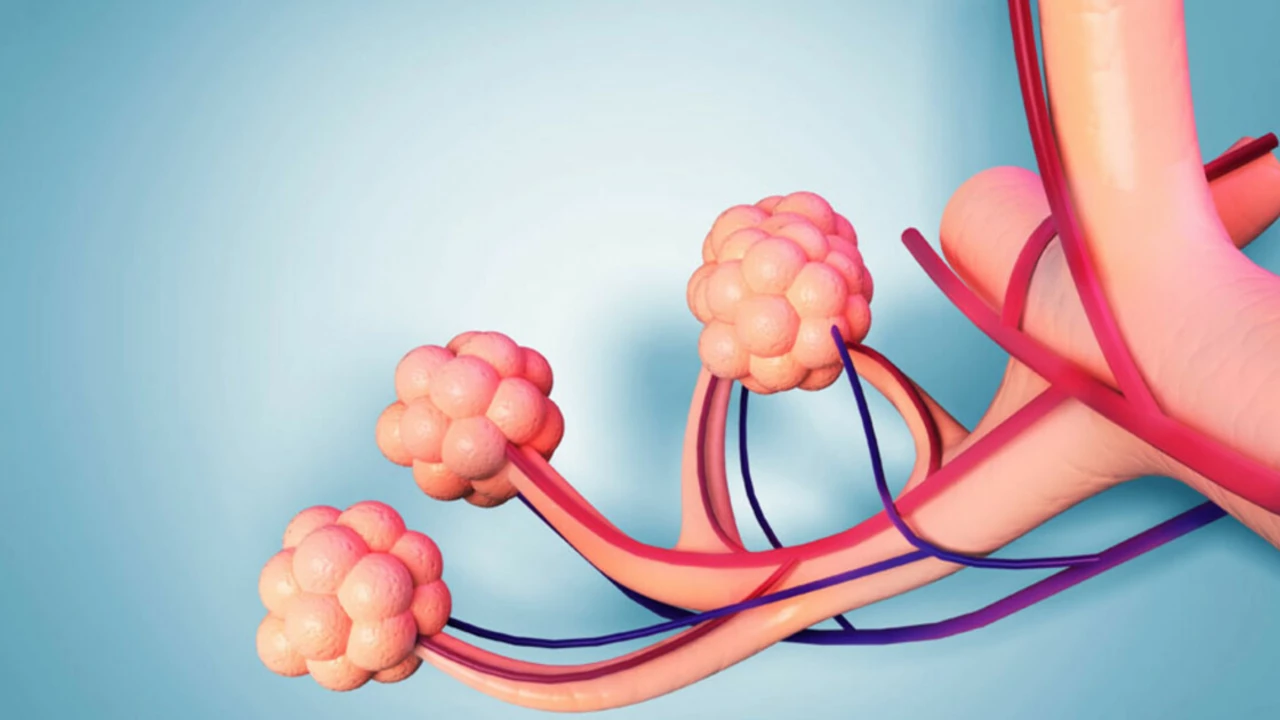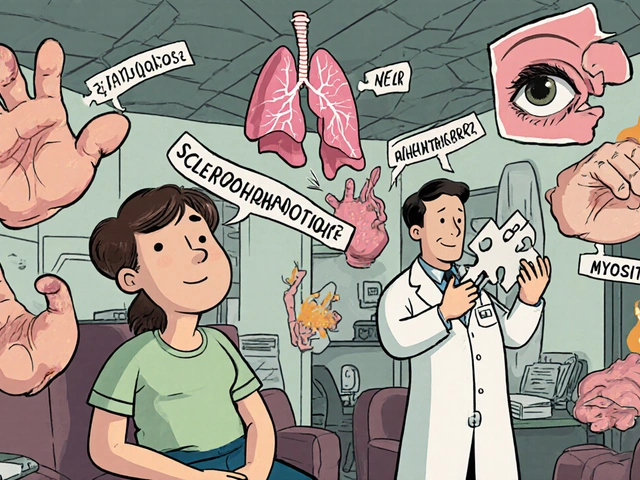Understanding Idiopathic Pulmonary Fibrosis
Idiopathic Pulmonary Fibrosis, or IPF, is a chronic lung disease that causes progressive scarring of the lungs. This scarring makes it increasingly difficult for the lungs to function properly, leading to symptoms like shortness of breath and a persistent dry cough. The "idiopathic" component of the name means that the cause of the disease is unknown. Despite the unknown cause, we do know that IPF is a serious condition that can significantly impact a person's quality of life.
Current Treatments for IPF
At present, there is no cure for IPF. However, there are several treatment options available that can help manage the symptoms and slow the progression of the disease. These treatments include medication, oxygen therapy, pulmonary rehabilitation, and in severe cases, lung transplantation. Each of these treatments has its own set of benefits and risks, and what works best will vary from person to person.
Advancements in Medication
Over the past few years, we have seen significant advancements in the medications available for treating IPF. Two drugs, pirfenidone and nintedanib, have been shown to slow the progression of the disease. These medications can help to reduce the inflammation and scarring in the lungs, making it easier for patients to breathe. However, like all medications, they can have side effects, and their effectiveness can vary from person to person.
Oxygen Therapy: An Effective Symptom Management
Oxygen therapy is another key component of IPF treatment. As the disease progresses and the lungs become more scarred, they are less able to extract oxygen from the air we breathe. This can lead to low oxygen levels in the blood, a condition known as hypoxemia. Oxygen therapy can help to correct this, providing a boost of oxygen that can make it easier to breathe and reduce symptoms like fatigue and shortness of breath.
Pulmonary Rehabilitation: A Multidisciplinary Approach
Pulmonary rehabilitation is a comprehensive program that combines exercise, education, and psychological support to help people with chronic lung diseases like IPF. The goal of pulmonary rehabilitation is to improve lung function, reduce symptoms, and improve overall quality of life. A typical program might include exercises to strengthen the lungs, education about the disease and how to manage it, and support to help cope with the emotional aspects of living with a chronic illness.
Lung Transplantation: A Last Resort
In severe cases of IPF, lung transplantation may be considered. This is a major surgery that involves replacing the diseased lungs with healthy ones from a donor. While a lung transplant can significantly improve quality of life and even extend life expectancy, it is not without risks. Complications can include rejection of the new lungs, infection, and a host of other potential issues.
Emerging Treatments on the Horizon
As our understanding of IPF continues to grow, so too does the number of potential new treatments being explored. These include a variety of experimental drugs, as well as novel approaches like stem cell therapy and gene therapy. While these treatments are still in the early stages of development, they hold promise for the future.
Living with IPF: Tips and Strategies
Living with IPF can be challenging, but there are strategies that can help to improve quality of life and manage symptoms. These might include things like eating a healthy diet, staying active, managing stress, and getting plenty of rest. It's also important to stay connected with a healthcare team and to reach out for support when needed.






Comments (11)